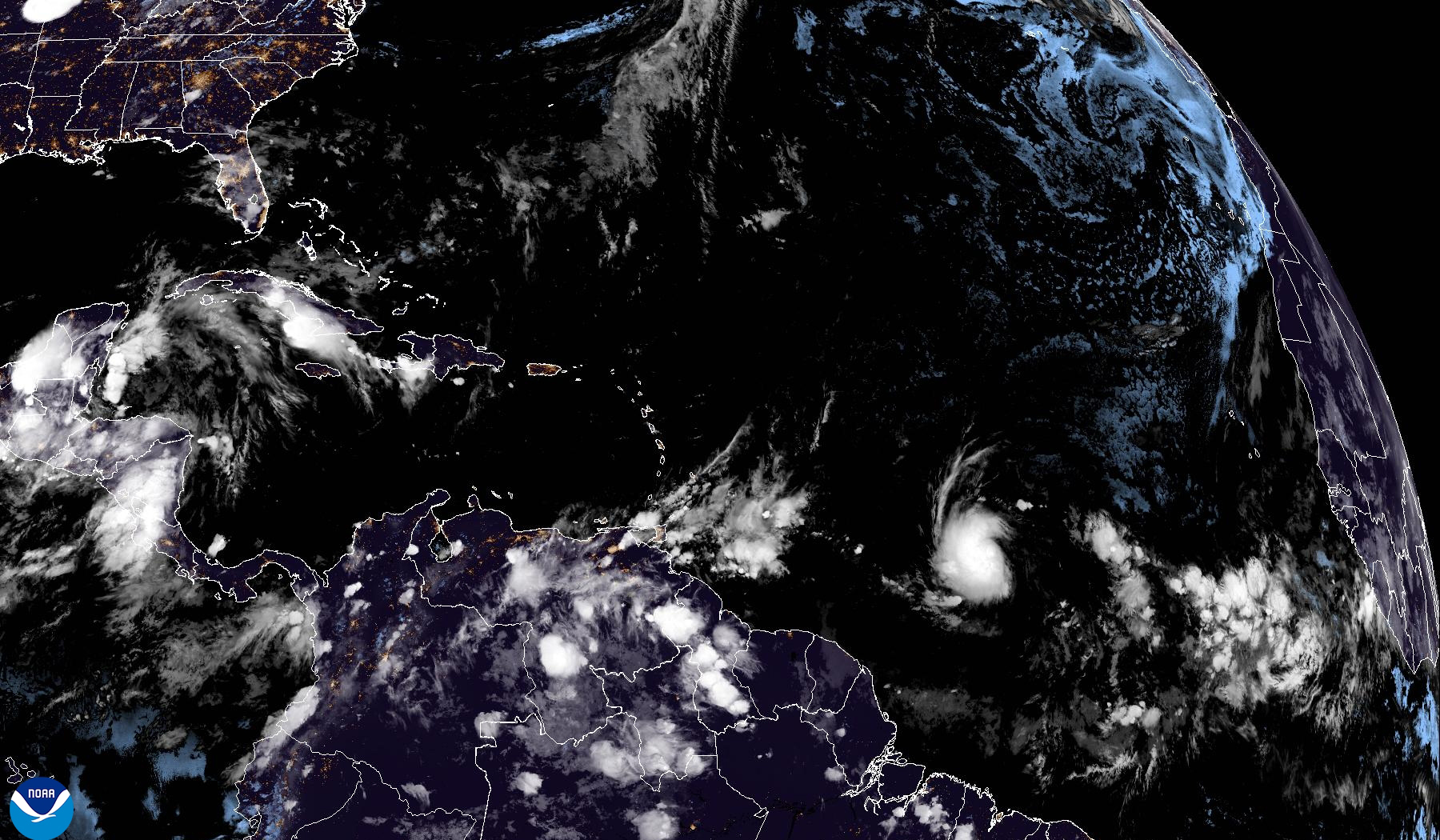Hurricane Beryl’s Impact: Nhc Beryl
Nhc beryl – Hurricane Beryl, a Category 3 hurricane, made landfall in Florida on July 6, 2018. The hurricane brought strong winds, heavy rain, and storm surge to the state, causing widespread damage.
De NHC don give warning say Hurricane Beryl dey form for di Atlantic. For more info about di hurricane and wetin e fit do, check out dis hurricane beryl prediction. Make una stay safe and follow di instructions from di authorities.
Areas Affected and Extent of Damage
Beryl made landfall near Jacksonville Beach, Florida, and moved inland across the state. The hurricane brought hurricane-force winds to a large area of Florida, including Jacksonville, Orlando, and Tampa. The storm also produced heavy rain, with some areas receiving over 12 inches of rain. The storm surge caused significant flooding in coastal areas, particularly in Jacksonville Beach and Fernandina Beach.
Impact on Local Communities and Infrastructure, Nhc beryl
Hurricane Beryl caused widespread damage to homes, businesses, and infrastructure in Florida. Over 1 million homes and businesses were left without power, and many roads were closed due to flooding or debris. The hurricane also caused damage to schools, hospitals, and other public buildings. The total cost of the damage caused by Beryl is estimated to be in the billions of dollars.
The National Hurricane Center (NHC) is closely monitoring Tropical Storm Beryl as it approaches Puerto Rico. The storm is expected to strengthen into a hurricane before making landfall on the island. For the latest updates on Beryl’s path and potential impact on Puerto Rico, please visit beryl puerto rico.
The NHC will continue to provide updates as the storm progresses.
Beryl’s Meteorological Characteristics

Hurricane Beryl formed as a result of a combination of meteorological conditions that provided the necessary ingredients for its development. The presence of warm ocean waters, low wind shear, and a pre-existing disturbance played crucial roles in the genesis and intensification of the storm.
The warm waters of the Atlantic Ocean provided the energy source for Beryl’s development. As the hurricane moved over these warm waters, it extracted heat and moisture from the ocean, fueling its growth and intensity. The lack of strong wind shear, which can disrupt the vertical structure of a hurricane, allowed Beryl to maintain its organization and intensify.
Genesis and Intensification
Beryl originated from a pre-existing tropical wave that emerged from the coast of Africa. This wave had already organized into a tropical depression before entering the Atlantic Ocean. As the wave moved westward, it encountered favorable conditions for further development, including warm ocean waters and low wind shear. These conditions allowed the depression to strengthen into a tropical storm and eventually into a hurricane.
The intensification of Beryl was also influenced by the presence of a strong upper-level anticyclone, which provided additional support for the storm’s circulation. The anticyclone acted as a “cap” over the hurricane, preventing it from being disrupted by outside influences.
Comparison to Other Hurricanes
In comparison to other hurricanes that have formed in the region, Beryl was a relatively weak hurricane. Its maximum sustained winds reached 85 mph, which is below the average for hurricanes in the Atlantic Ocean. However, Beryl’s compact size and efficient structure allowed it to produce significant rainfall and flooding in the areas it impacted.
Beryl’s Aftermath and Recovery Efforts

Hurricane Beryl left a trail of destruction in its wake, necessitating immediate response and long-term recovery efforts. Evacuations were ordered, and disaster relief organizations sprang into action to provide aid to affected communities.
Immediate Response
In the immediate aftermath of Hurricane Beryl, emergency responders worked tirelessly to evacuate residents from flooded areas and provide essential services. Search and rescue operations were conducted to locate and assist those trapped by the storm. Shelters were established to provide temporary housing for displaced families.
Long-Term Recovery
The long-term recovery process from Hurricane Beryl involved rebuilding damaged infrastructure, restoring essential services, and providing support to affected communities. Homes and businesses were repaired or rebuilt, and roads and bridges were reconstructed. Community support groups and organizations provided counseling, financial assistance, and other resources to help survivors rebuild their lives.
Lessons Learned
Hurricane Beryl highlighted the importance of preparedness and early response in mitigating the impact of hurricanes. Evacuation plans and disaster response protocols were reviewed and updated to improve efficiency and effectiveness in future events. The storm also underscored the need for resilient infrastructure and community support systems to aid in recovery and rebuilding.